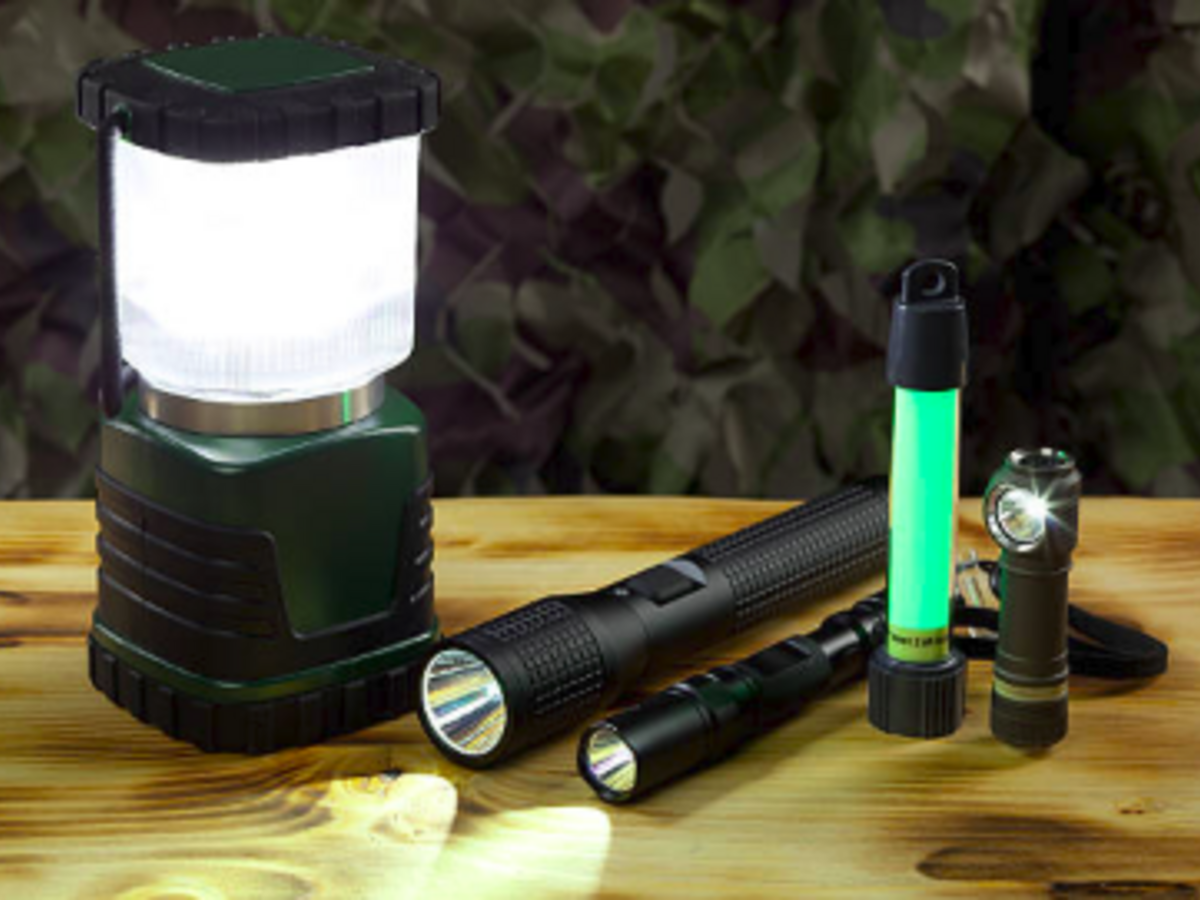May 15, 2018
In some situations, a single standard is intended to cover multiple items or products. Often times this can work well but, as market demands shift, products evolve to offer new benefits, and manufacturers require a more specific focus to address their needs, a dedicated product standard may become necessary. UL, in remaining constantly in-step with, and responsive to industry needs, has developed a new standard for flashlights and lanterns as a result of our continued awareness.
Originally, flashlights and lanterns were covered under UL 73, Standard for Motor-Operated Appliances, but it became clear that a new standard would be more appropriate to fully address the unique features and performance requirements associated with these types of products. The new UL 1576, Standard for Flashlights and Lanterns, fills this need. The new, comprehensive standard also brings some significant changes that manufacturers should be aware of before designing new products or submitting products for testing.
What is Covered?
Understanding why this change was made is fairly easy: Flashlights and lanterns are not motor operated, and a more comprehensive, consolidated standard was needed. However, there are important aspects of what is and is not covered by the standard. Primarily, the standard is written to cover:
- Battery-powered flashlights and lanterns powered by secondary (rechargeable) batteries and general-purpose primary (non-rechargeable) batteries. However, products requiring general-purpose rechargeable lithium-ion batteries (e.g. type 18650 “button top” batteries) are not covered as variability from one battery design to the next may increase the risk of fire since the product must be tested together with the specific lithium-ion batteries as a complete system.
- Battery-powered flashlights and lanterns operated and/or charged directly from a line voltage supply, including battery-powered flashlights and lanterns provided with integral battery chargers.
- Automatic flashlights and lanterns which are normally connected to a line voltage supply and, upon loss of the line voltage supply, will turn on the lamp.
- Ultraviolet (UV) flashlights.
- Flashlights with photovoltaic (PV) sources where the PV sources themselves must also meet the requirements of UL 1703, Standard for Flat-Plate Photovoltaic Modules and Panels.
In addition to specifically covering the above products, the standard also recognizes child appealing features that may help to define a product and, in doing so, requires that the product be evaluated accordingly and comply with the applicable requirements in UL 696, Standard for Electric Toys (e.g. lead content). To complement the certifications offered through UL 1576, we can also test the performance of features that resonate with both manufacturers and consumers.
Recognizing Performance
Prior to the ANSI/NEMA FL 1, Flashlight Basic Performance standard, there were no standardized methods for testing or rating flashlight features. Today, this standard allows manufacturers to demonstrate performance measurements to customers, and UL is equipped to perform these evaluations, which cover:
- Light Output
- Runtime
- Peak Beam Intensity
- Beam Distance
- Water Resistance
- Impact Resistance
As these products continue to evolve in response to new technologies and shifts in consumer demand, UL remains agile to the needs of manufacturers. As with all UL Standards, UL 1576 was designed to be updated in response to industry needs. To learn more about this standard or to obtain a quote for testing and certification, contact ApplianceInfo@UL.com.
Get connected with our sales team
Thanks for your interest in UL's products and services. Let's collect some information so we can connect you with the right person.

